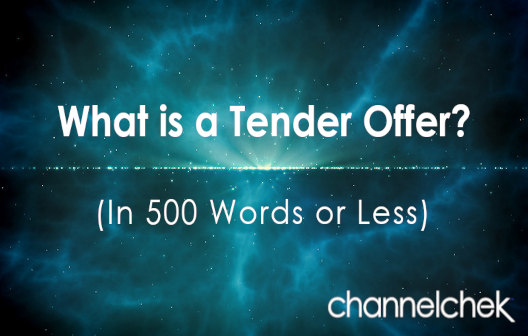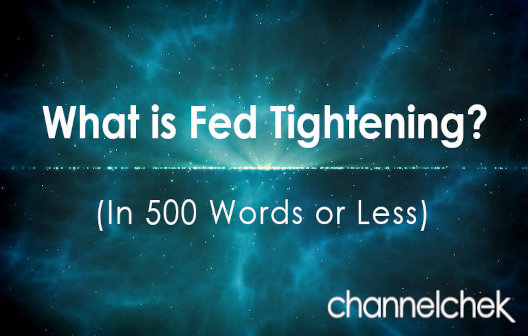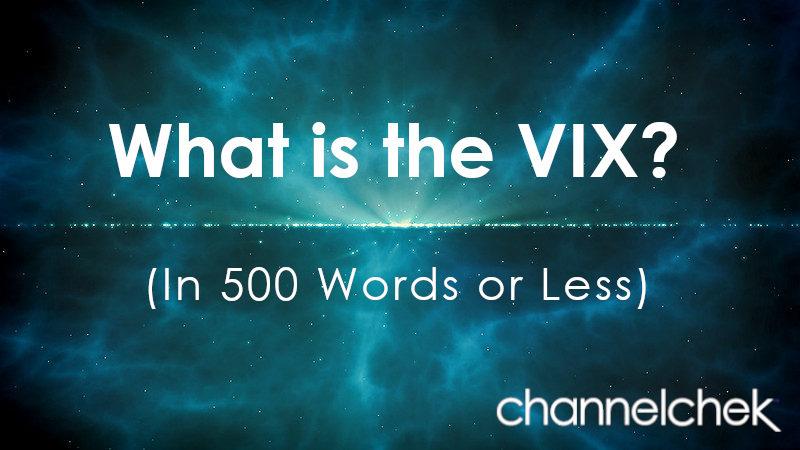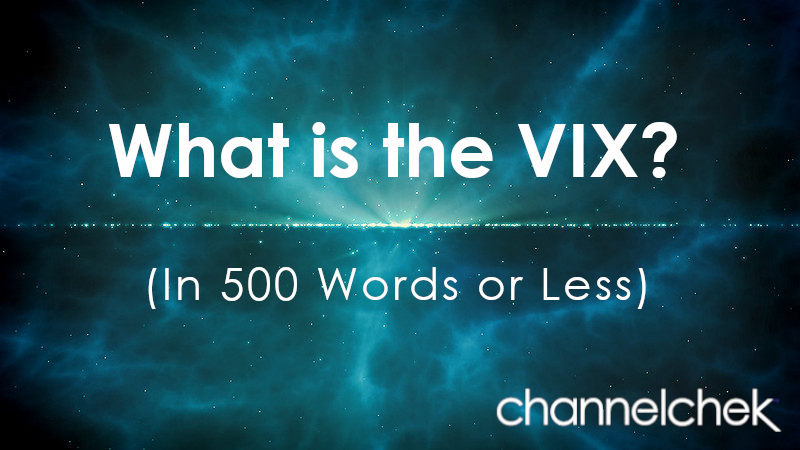What Does it Mean When the VIX (Fear Index) is Rising or Falling?
Volatility is how fast stock market prices change.
The VIX, or CBOE Volatility Index is designed to be a live mathematically-based representation of expectations for stock market volatility over the next 30 days. Some investors use the VIX to measure the level of risk, fear, and/or stress in the market when making investment decisions. In general, true traders prefer high volatility, whereas ost investors prefer more predictability.
Traders can also speculate on the direction of the VIX using a variety of options and exchange-traded products.
What Does the VIX Signal?
The VIX is designed to signal the level of fear or stress in the S&P 500. This is why it’s often called the “Fear Index.” When the VIX level is rising, it is said that market related fear is rising. A level above 30 indicates a very high level of uncertainty and fear. VIX values below 20 generally point to stable, stress-free periods in the markets.
Where Does it Come From?
The index is derived from the prices of SPX index options with near-term expiration dates, from these short options there is a calculated 30-day forward projection of volatility. Volatility is seen as a way to gauge market sentiment, and in particular, the degree of fear among market participants.
The index was created by the Chicago Board Options Exchange (CBOE) and is maintained by CBOE Global Markets. It is an important index in the world of trading and investment because it provides a quantifiable measure of market risk and investors’ sentiments.
VIX vs. S&P 500 Price
Volatility value, investors’ fear, and VIX values all move up when the market is falling. The reverse is true when the market advances – the index values, fear, and volatility decline.
The price action of the S&P 500 and the VIX often shows inverse price action: when the S&P falls sharply, the VIX rises—and vice-versa.
How to Trade the VIX
The VIX has paved the way for using volatility as a tradable asset, albeit through derivative products. Cboe launched the first VIX-based exchange-traded futures contract in March 2004, followed by the launch of VIX options in February 2006.1
Suggested Reading
 What is a Tender Offer?
|
 What is Fed Tightening?
|
Stay up to date. Follow us:

|

